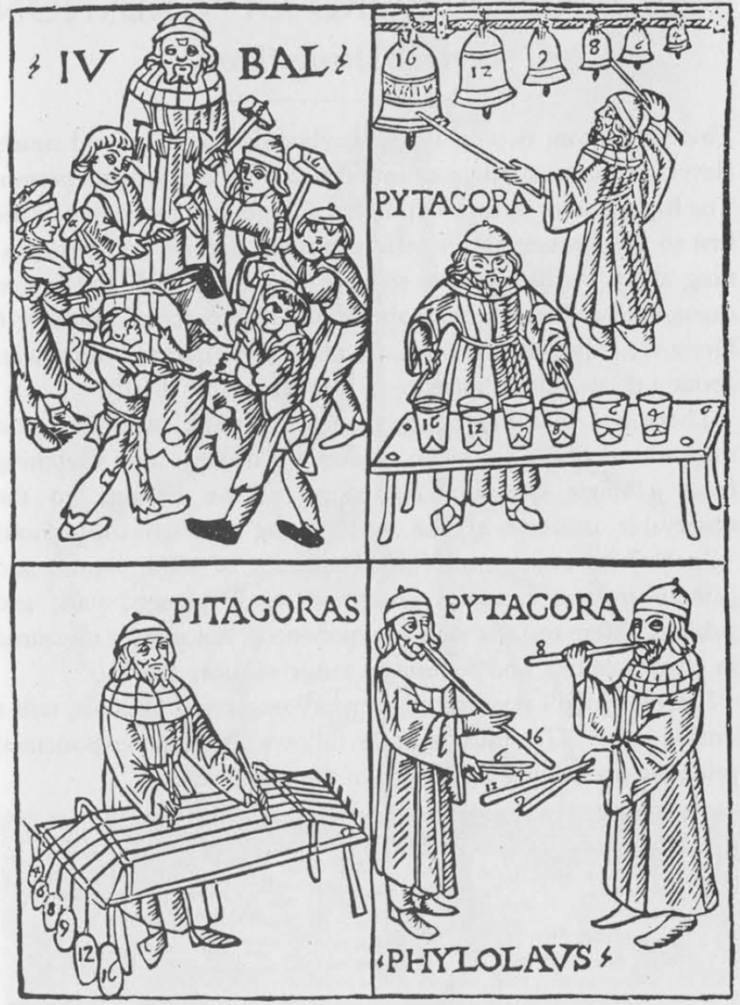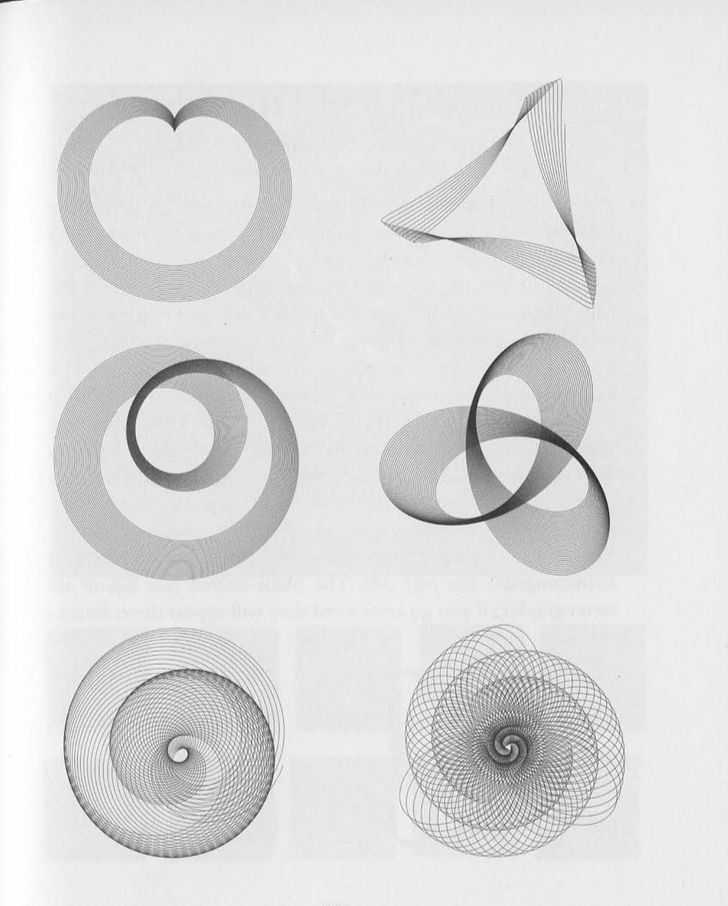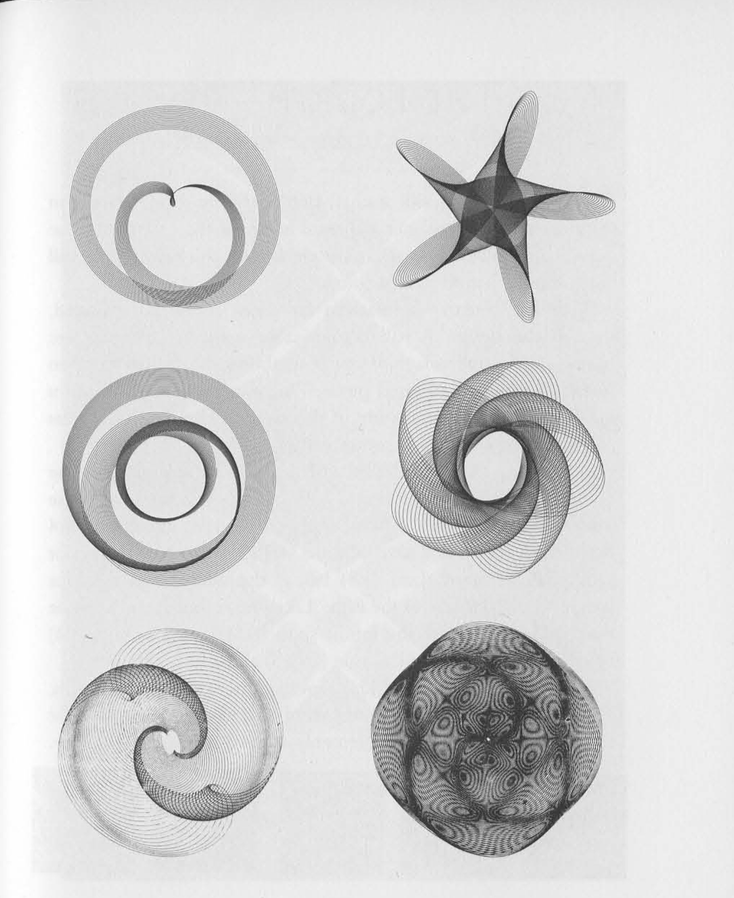Seminar Blogs
“Harmonic vibrations rule the world” – T.P.
“Music is the pleasure the human mind experiences from counting without being aware that it is counting” Gottfried Leibniz (~1700)
Around 500 B.C., Pythagoras showed that when strings have simple ratios of their lengths, they will make a harmoniously pleasing chord when you pluck them. If one oscillates twice as fast as another (at a frequency ratio of 2:1), together they make a nice chord, called an octave.

Image taken from Ashton’s book Harmonograph: A Visual Guide to the Mathematics of music, pg 5
Simple frequency ratios like 3:2 or 4:3 or 5:3 or 5:4 make harmonious chords. Complicated frequency ratios like 23:17 don’t. So Pythagoras showed that music is a mathematical entity, by nature, whether you know it or not.
Valery Vermeulen told us math is just a way of seeing the world. He gave two examples. Geometry observes the world like visual arts do, and algebra like music. In this scheme, the Pythagorean understanding of music would rather pair it with geometry; the mathematics of the properties and relations of points, lines, surfaces, solids.
But Vermeulen rather comes to his similes by ways of another comprehension of music. He said that harmony and rhythm aren’t so essential to him. Algebra is the study of symbols and the rules for manipulating these symbols. For Vermeulen, music has the power to create an alternative non-visual universe, as so do symbols. They both are capable of fulfilling a container function: capable to carry over a ‘sense’ or ‘vibe’ [1].
Translating
By converting light information into sound, as Vermeulen has done by translating light waves from one of Jupiter’s moons into sound waves, you get a very specific type of sound. Something particular that tells you something, though you’re not sure what. What are we learning, or getting, or understanding or sensing from Jupiter’s moon by listening to its sound?
By using numbers from data sets (of for instance market behavior under a certain economic model) and turn it into sound by means of ‘data sonification’, you make a peculiar kind of translation, you turn it into an aesthetic sign.
Here I’m reminded of the Harmonograph, the drawing device that makes drawings of ratios by means of pendulums.
These are octaves:

Image taken from Ashton’s book Harmonograph: A Visual Guide to the Mathematics of music, pg 29
These are fifths:

Image taken from Ashton’s book Harmonograph: A Visual Guide to the Mathematics of music, pg 33
The drawings are representations of harmonic relations: sound translated into a drawing. Like I said before, it’s a peculiar kind of translation into an aesthetic sign, which itself is a closed system. It has no function. Peculiar because it is the cause of itself, in a different modality.
It crossed a gap; entered into an alternative universe.
Observing it from this universe, I notice it contains information, though I’m not sure how to place it in relation. In other words; what to do with it or where to take it.
Interestingly, Vermeulen gleans such translations into aesthetics and then treats them as raw material for art composition. Composition gives it structure, limits and creates an internal type of logic: turns it into a ‘piece’ we somewhat understand what to do with.
Notes
- This notion of ‘vibe’ in literature has been wonderfully analyzed by Peli Griezler, which he elaborates on here and is interviewed about here.
Images:
- Ashton, Anthony. 2001. Harmonograph – A Visual Guide to the Mathematics of Music. Glastonbuty: Wooden Books Ltc.

